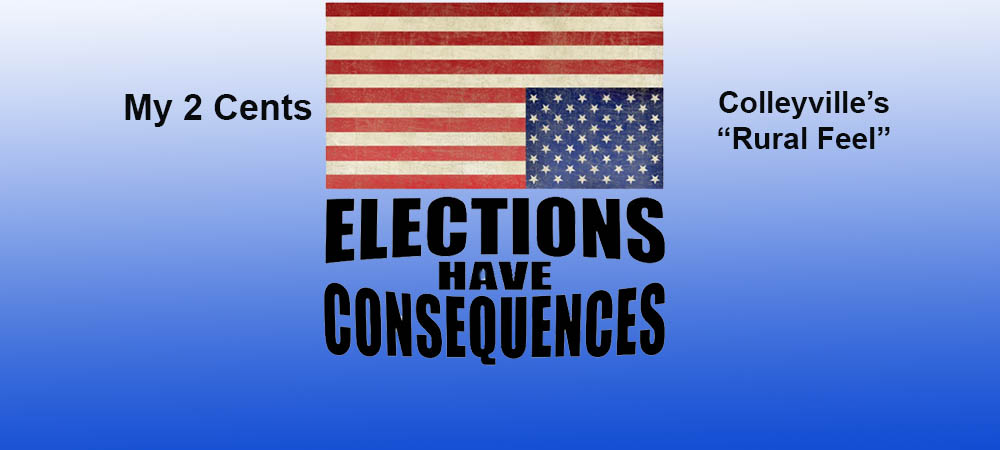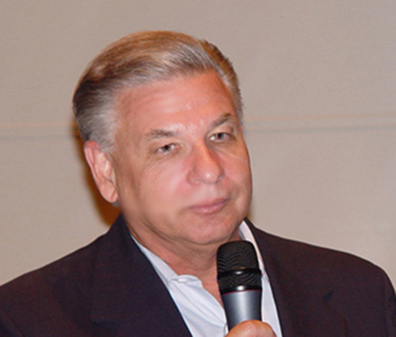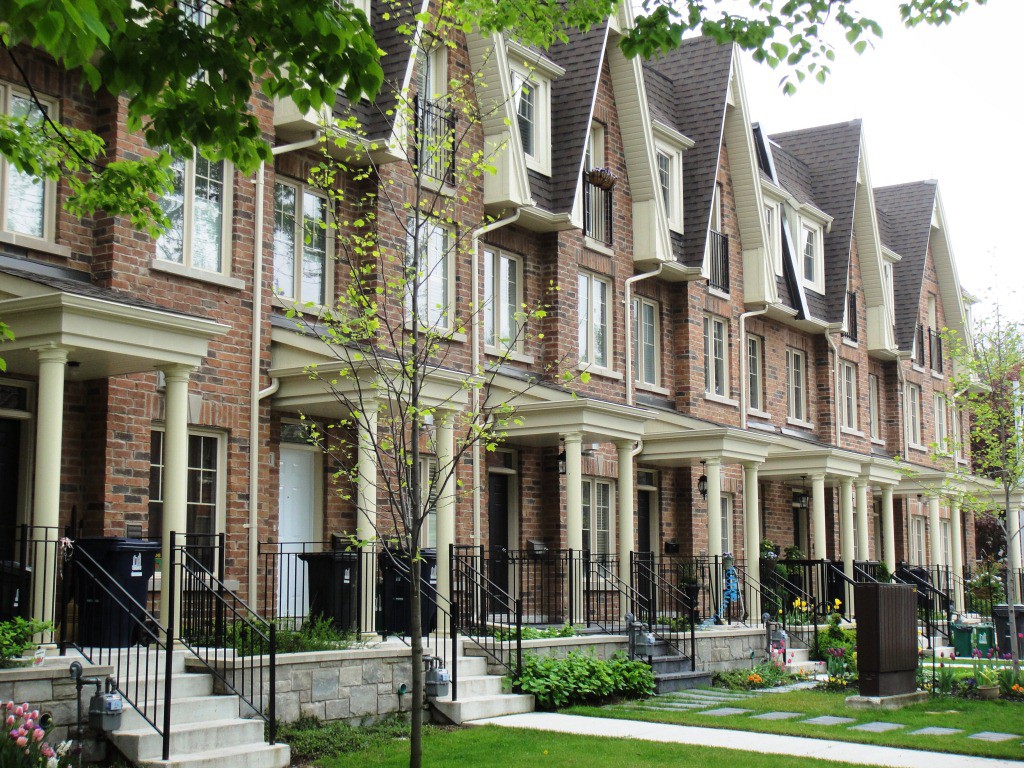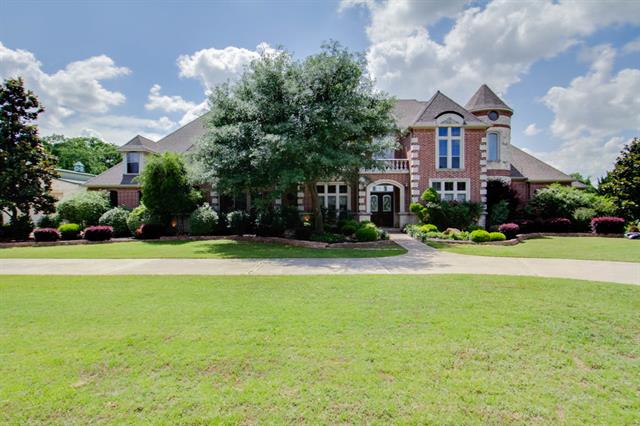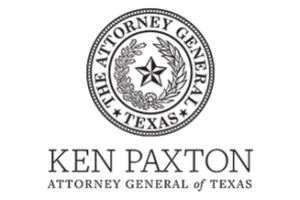Colleyville, Texas November 7, 2016
Under the category that “Elections have Consequences,” less than 6 months after the City Council Elections of 2015, folks are finding out the “Make Glade Road Safe” campaign is actually “Make Glade Road Wide and Oh Yeah We were Kidding about not taking your trees!” Now for all of those citizens that have hung on to your outdated concept that “Colleyville Should Keep it’s Rural Feel,” your elected City Officials have embarked on a concept that, “When Saying We Are For a Rural Feel, We Meant High Density Rural.” And Oh Yeah, about those water bills, well apparently, you are paying for all of the necessary “infrastructure” today, to accommodate the high density of tomorrow!
It seems the results in Colleyville’s City Council election have set the stage for Mayor David Kelly and the Majority of City Council to roll back more than 50 years of City Administrations to protect the density levels and rural feel of Colleyville. The last chance to derail this Mayor and council’s train to high density housing in Colleyville will be in upcoming public meetings on November 9th at the Planning & Zoning Board at 7:00 pm followed by the November 17th City Council Meeting for the first reading and public hearing beginning at 7:30 pm and the final die will be cast on December 1st at the City Council meeting where the change in density proposal will be voted on.
While Master Plans, that required numerous public meetings and months of preparation, for the past decades have called for 1.8 dwellings per acre average as the guideline the proposed change is to 3.5 or more dwellings per acre “on average” in Colleyville. The justification will be, of course, that people are down sizing and don’t want large yards but smaller houses on postage stamp back to back lots. So if you take all the homes in Colleyville built on larger lots, imagine how many of these high density plans can be approved UNTIL the OVERALL average finally equals to 3.5 dwellings per acre.
Warning flares were sent up on LNO on May 13, 2015 only 4 days after the election in the LNO Article titled “Have Colleyville Citizens Abandoned the Rural Feel in Favor of Suburban Traffic Flow Solutions?“ The following paragraph appeared in the article;
“In comments shared with the Colleyville Courier, Nancy Coplen highlighted, “her desire to preserve the city’s rural atmosphere,” while Mike Taylor said his campaign, “focused to preserve quality of life.” Curiously both winning candidates were directly tied to the “progressive” VOTE NO on the proposition to protect Glade Road. So it will now be left up to citizens to monitor the actions of this council to determine if the “rural feel,” is still a prominent underlying theme in their perception of that quality of life along Glade Road.
Taylor, who prevailed by only 174 votes, apparently to placate the more than 2,500 residents voting for his opponent (who primarily favored Proposition One), made a seemingly cavalier statement that he would tell the Glade proposition backers to, “not lose any sleep over this.”
So with actions less than 6 months later, the “Rural Feel” of Colleyville is proposed to be changed from “large yards and a pastoral landscape will be replaced by more compact, but still luxurious, homes.” If there was ever a time that Colleyville residents need to understand that elections have consequences; it was the election in May 2015.
LNO has obtained a copy of the draft “Destination Colleyville” a “Comprehensive Plan” and offers pertinent sections with highlights added.
“There is an opportunity to provide for a range of residential options for empty nesters and retirees. While Colleyville’s predominant attraction is the city’s beautiful neighborhoods, a growing segment of the population is increasingly interested in more neighborhood amenities, where large yards and a pastoral landscape are replaced by more compact, but still luxurious, homes and quick and ready access to amenities such as trails, parks, shopping, and dining areas that promote social experiences.
In The Colleyville Plan (2004-2025), the low and high estimates were calculated using an average residential density factor of 1.8 (low estimate) and 3.5 dwelling units per acre (high estimate). Using a similar methodology (see Table 2.1, Population Forecast),new high and low estimates were prepared using the following calculation: ”
“The results indicate that the city could reach a maximum population between 27,064 and 30,204 people depending on the type, form, and density of development that occurs over the next 20 years and beyond. The city can feasibly accommodate this population growth by utilizing sound land use planning and associated implementation tools.
In addition, a separate analysis was undertaken to determine a population estimate using current market trends. Although the Land Development Code provisions specify minimum lot sizes ranging from 15,000 – 40,000 square feet (i.e., R15 – R40), some of the city’s recent development approvals had minimum lot sizes averaging less than 12,000 square feet. These developments with smaller lot sizes were allowed in specific locations factoring in surrounding conditions and using strictly controlled planned unit development (PUD)requirements.
Table 2.1, Population Forecast
Using these development approvals as an indicator of actual market trends, it was determined that recent development had an average residential density factor of 2.7 dwelling units per acre, which falls near the mid-point of the low and high estimates (see trend estimate below). For the purpose of this plan, the trend estimate of approximately 28,700 people will be used as the maximum population when determining the community’s ultimate service needs.
These assumptions reflect the best case scenario considering current market trends. However, if market trends decrease or change (changes in housing type preferences, etc.), or the City adopts changes to the Land Development Code, the population forecast may be higher or lower. The differences in population should not have a significant impact on the city’s ability to provide services or meet infrastructure needs.
Development Pattern. Southwest Colleyville is essentially completely developed, with only a few lots remaining open for development. The area is approximately 59 percent residential with 1,635 lots. At approximately 2.2 dwelling units per net acre, this area has the highest existing residential density in the city. However, lots in the area are still generally below average in size, ranging from 10,000 to 15,000 square feet in size. Because of the small number of remaining undeveloped lots, the area is beginning to experience significant redevelopment pressure.”
So in conclusion, if you look forward to high speed trains roaring through your neighborhoods, don’t really care about the “rural feel”, are prepared to widen Glade Road in a scorched earth, the “Hell with the Trees” and like your current water bills…stay at home, don’t go to these public meetings and for sure, DON’T VOTE IN THE NEXT ELECTION!

